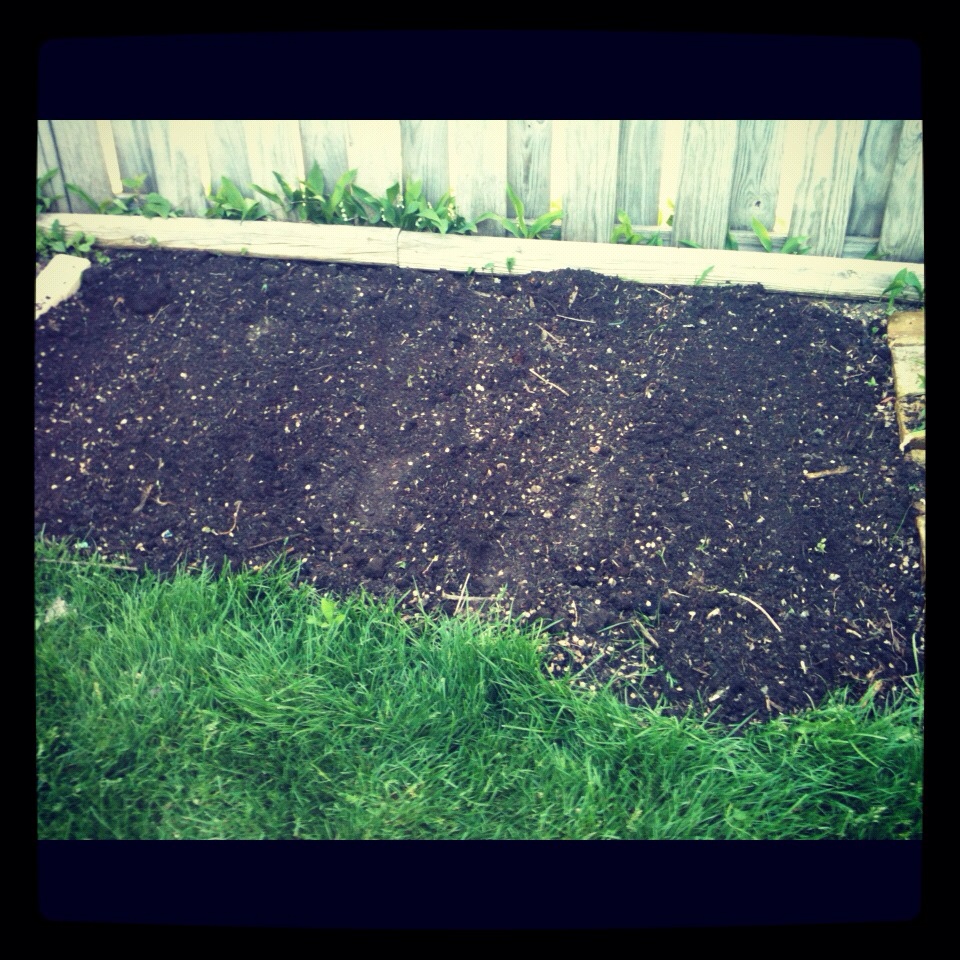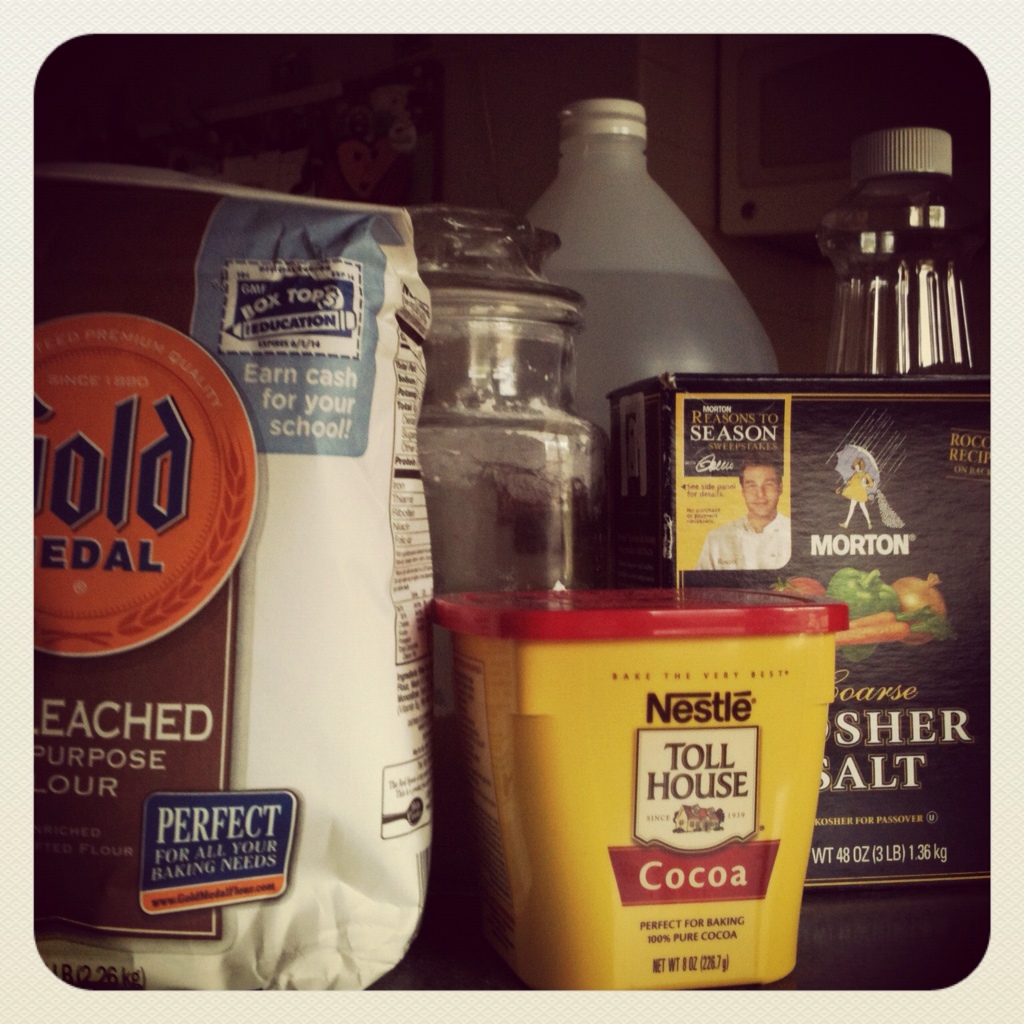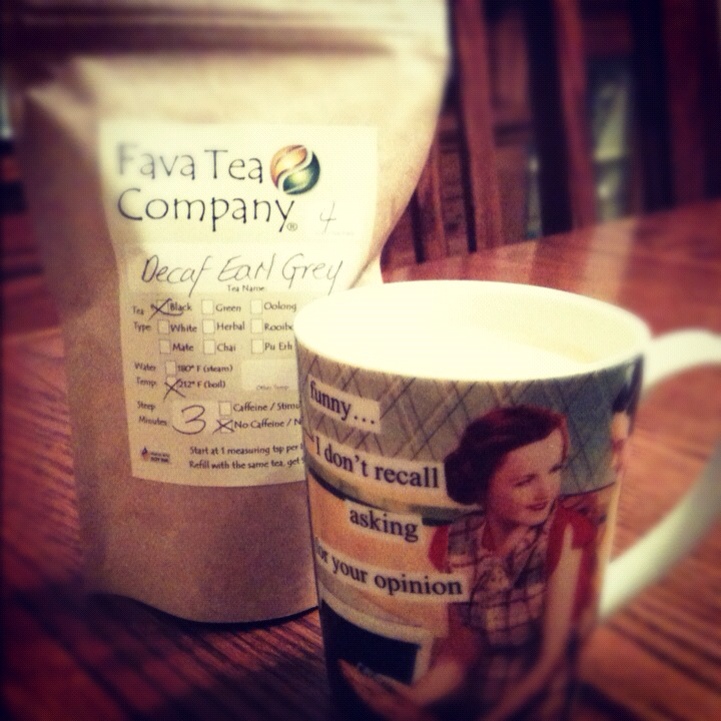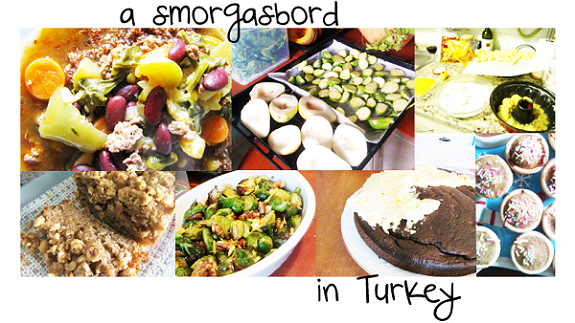Having the privilege of knowing today's guest blogger in person, I can easily sum her up in one word: Adorable. A second comes from her post today: Fearless. Keep in touch with Jessica through her blog, Learning Out Loud, and be sure to try the recipe she shares from Milwaukee's own famous Bartolotta Restaurants. Take it away, Jessica! ~ Lisa
 |
| Photo credit: Ernie Mastroianni |
by Jessica Zappia
"I am so sorry to hear about your wife; I never knew!" That's the kind of repsonse my husband heard after my dirty little secret came out. I guess it was a tragedy to some.
I didn't know how to cook.
I have no one to blame except myself really, not for the cooking part, but for the secret getting out part.
You see, I busted myself, and big time.
Two years ago, our newspaper had a "want ad" so to speak. "Do you burn water? Are you clueless in the kitchen?" The ad was talking directly to me! Our paper wanted to do a 'lousy cook' story, to show that even the worst of the worst could learn.
I sat down and e-mailed a letter to the food editor. That's how it all started. Well, I "won". The
Milwaukee Journal-Sentinel named me "
Lousiest Cook in Southeastern Wisconsin"! Luckily, I shared the title with a gentleman so the title was not all mine. (Whew! I don't know if I could handle that kind of pressure!)
Our grand prizes were cooking lessons with local chefs, and let me tell you, I had the time of my life!
I got to learn how to make so many yummy things with Chef Peggy Magister of
Crazy Water. The biggest lesson Peggy taught me was how to cook with passion and joy. She combined so many amazing things and had so much FUN! I saw how cooking could be a creative experience. I learned how to make killer Spinach Lasagna from Chef
Juan Urbieta of
Ristorante Bartolotta. I actually have people ask for a recipe for something that I made! Making desserts with
Kurt Fogle of The Pfister Hotel was an absolute delight. I made a soft-centered chocolate cake that had a soft center on purpose!
Finally, the amazing staff at
Milwaukee Area Technical College taught me the basics. All of the professionals that worked with me were so kind and reassuring. This cooking thing really wasn't so scary at all. I just had to have fun and give it all a try.
I really learned to be fearless.
 |
| Photo credit: Ernie Mastroianni |
Overall, that is the lesson I want my kids to remember from this experience as well. Their mom didn't know how to do something, so she learned how. It's never too late to learn. I don't know if I would recommend airing all of one's failings so publicly, though, unless you want to be reminded of it from time to time.
It's now two years later, and at least once a week someone will still ask me, "How's the cooking going?" Most recently, I was asked by all five of the voting ladies. "She won a contest you know."
Cooking is a learning process, that's for sure, but I am having a lot of fun. Right after all of this silliness first happened, my 8-year-old daughter said, "Maybe you could get cleaning the house lessons, too!"
Okay, I think I am done sharing my dirty little secrets!
Here is Juan Urbieta's recipe for
Ristorante Bartolotta's Sausage and Spinach Lasagna:
Makes 6 to 8 servings
- Fresh tomato sauce
- 1 box no-boil lasagna (9 ounces/16 sheets)
- 3 tablespoons olive oil plus more for layering and serving
- 1 pound (2 cups) raw Italian mild fennel sausage
- 8 cups pre-washed fresh spinach (9-ounce package), de-stemmed
- 1 pound (2 cups) fresh ricotta
- 1 cup grated Parmesan cheese (1/4 pound), preferably imported Parmigiano 1 1/2 cups (3/4 pound) fresh mozzarella cheese, drained (see note)
1. Make fresh tomato sauce.
2. To assemble lasagna: Preheat oven to 375 degrees.
3. In a nonstick skillet, heat the 3 tablespoons olive oil over medium heat. Crumble and quickly brown the sausage for about 1 minute, stirring with a wooden spoon. Add spinach to skillet (it will seem like a lot at first) and season with salt and pepper to taste. As soon as spinach begins to wilt, turn off heat.
4. Lightly drizzle a 13-by-9-inch pan with olive oil. Evenly spread 1 cup of the fresh tomato sauce over bottom of pan, then lay down four sheets of lasagna pasta to cover bottom of pan. Over the pasta layer, once again evenly spread 1 cup of tomato sauce, then sprinkle on half the browned sausage-spinach mixture, distribute a third of the ricotta in small spoonfuls and sprinkle on a third of the Parmesan cheese. Repeat this process, starting with a new layer of pasta but this time using six sheets and slightly overlapping the pasta.
5. To finish assembling the lasagna, lay down and overlap the last six sheets of pasta, spread on the last 2 cups of sauce and the remaining third of the ricotta and Parmesan cheeses. Finally, cover the lasagna with the mozzarella; break off small pieces from the balls of cheese and distribute evenly over the top.
6. Cover pan tightly with aluminum foil (oil the bottom side first, or use nonstick foil) and bake in center rack of preheated oven one hour. After one hour, carefully remove the foil and return pan to oven to brown top of lasagna five to 10 minutes. (If you wish, increase the heat to 500 degrees or so - but watch carefully.)
7. Remove from oven and let lasagna set 10 minutes before cutting. Serve immediately with a drizzle of good olive oil.
Note: Urbieta used the small mozzarella balls sold in tubs.
If we could see the miracle of a single flower clearly, our whole life would change.
~Buddha





.JPG)



















